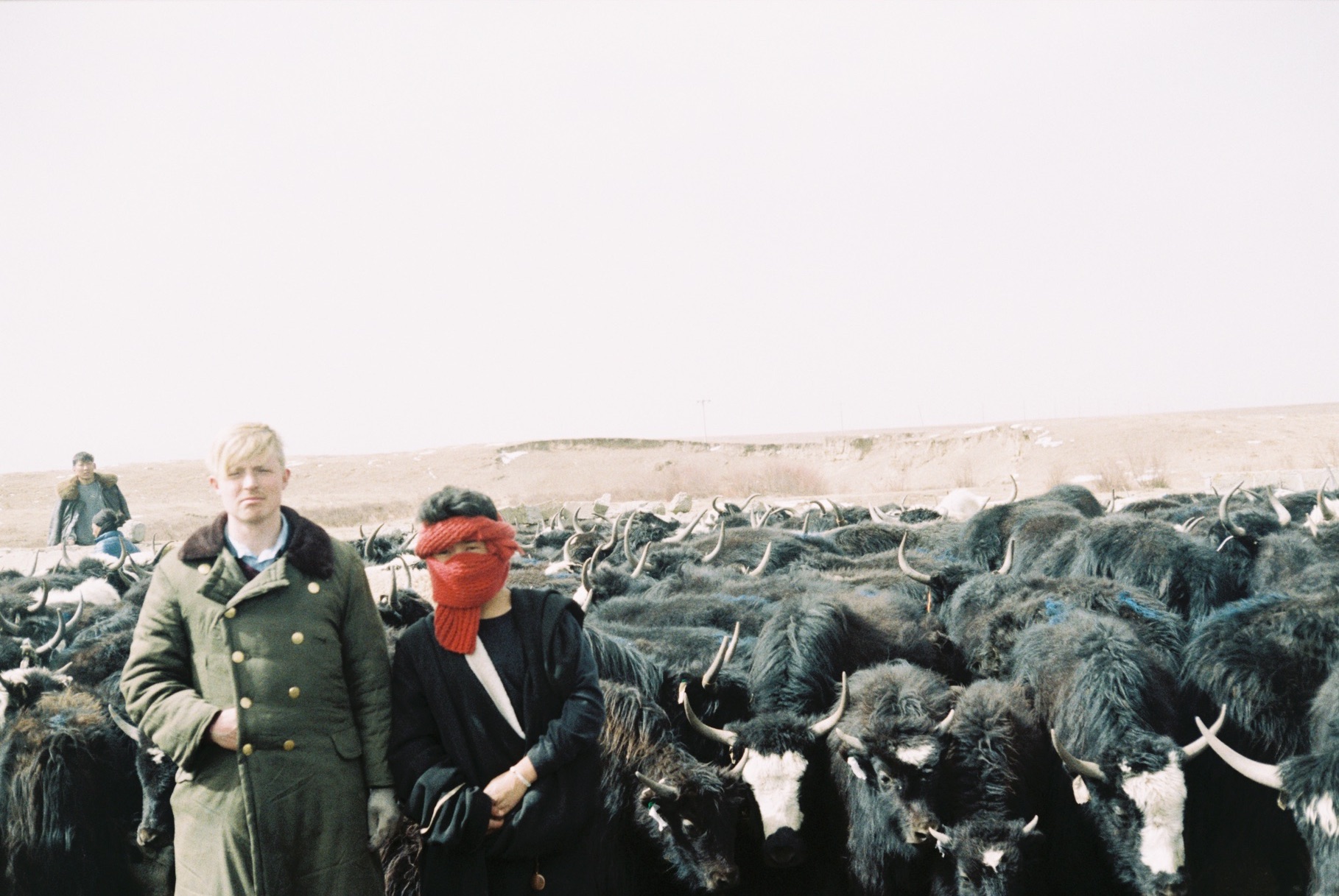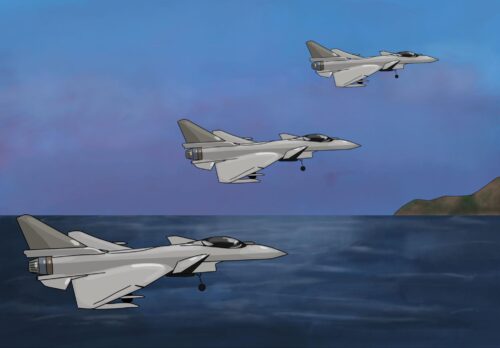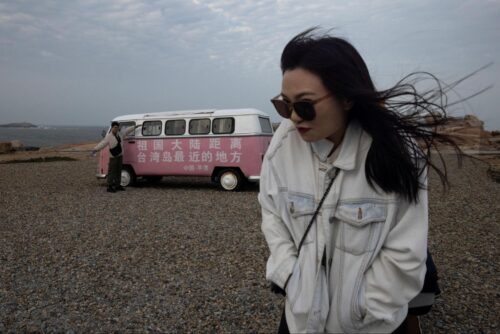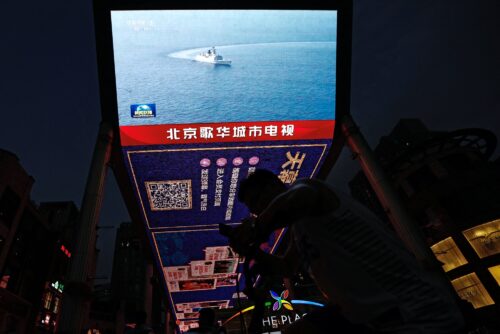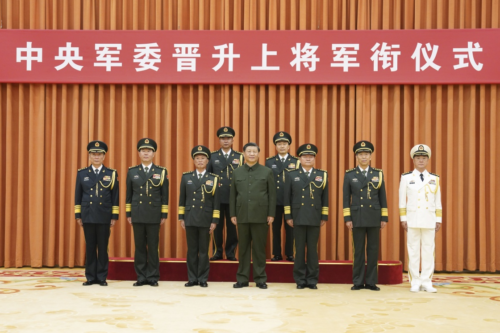Populism with buttons: How a Chinese military overcoat came to symbolize an era
The jundayi — which translates literally to “big military overcoat” — began as standard-issue winter-wear for the People’s Liberation Army. It would go on to keep an entire generation of Chinese people warm.
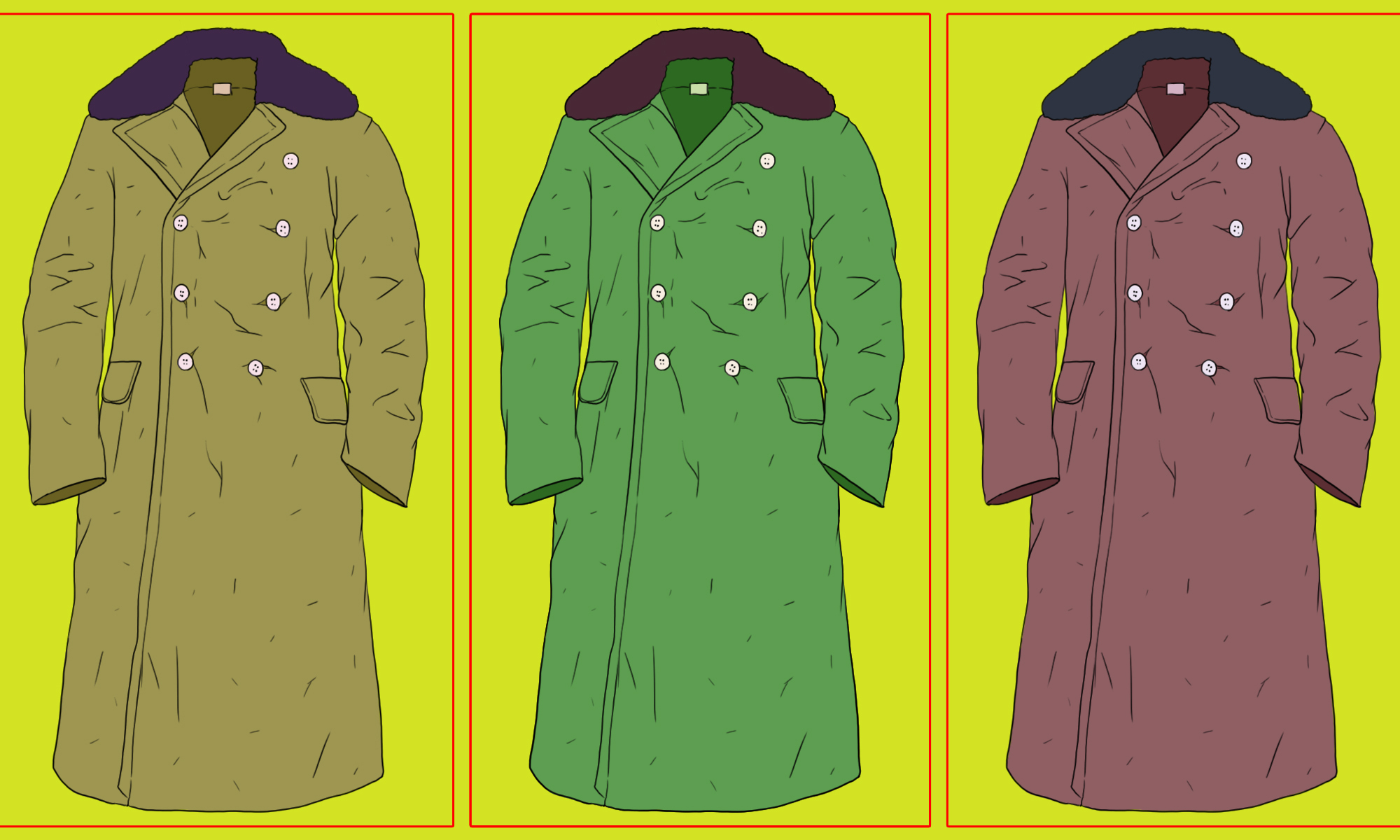
I purchased a jūndàyī 军大衣 — a puffy dark green overcoat popular during the Mao era — in the Anhui city of Huangshan in 2017 for the measly sum of 60 RMB, or less than $10. While wearing it, I discovered that I attracted a great variety of reactions from people around me. Depending on the age of the observer and whether I was in the city or the countryside, the expressions I saw ranged from confused to impressed.
For some, the jundayi is a symbol of the masses, and deserves venerance. For urbanites, it could almost seem avant-garde for its retro quality — the old is new again, after all. Others — particularly those my age, born in the 1980s — couldn’t understand why I would wear something so outdated. For others still, this jacket was cool because it flew in the face of the hyper-consumerism of our times.
The jacket itself isn’t pretty — it is drab olive green, cotton-filled and with a dark collar of imitation fur — but its exterior is distinct, recognizable through an era of art and photography. On the front, there are two columns of gold-colored buttons with the characters 八一 bāyī — literally, 8-1, i.e., August 1, the date of the founding of the People’s Liberation Army (PLA). Its name is as practical as the jacket itself: jūn 军 means military, dà 大 means big, and yī 衣 is clothes. It is perhaps the most iconic garment in China, and has been worn by all post-1949 leaders of the People’s Republic, from Máo Zédōng 毛泽东 inspecting troops to Xí Jìnpíng 习近平 shaking hands with villagers during photo shoots for his poverty alleviation campaign.
The jacket represents the working class and the military. It is Chinese populism with buttons. If you wear it, you are a man of the people.


An “earthy” jacket of the masses
Following World War II, the People’s Liberation Army adopted the jundayi as its standard-issue coat for soldiers. People were allowed to keep them after finishing their service, which is how the coat came to permeate Chinese society and become a household item.
Because of its association with the military, the jundayi will never be seen on dignitaries at international functions — not like the Mao suit (中山装 zhōng shān zhuāng), which even Hillary Clinton has worn — but for the average Chinese person of an older generation, this overcoat was what kept them warm through bitter winters.
The jundayi is the definition of tǔ 土 — literally, “earth” — which is slang for all things proletariat. True to form, one is most likely to see the jundayi being worn these days by trash collectors on three-wheeled vehicles, security guards, workers sweeping roads, or farmers.
Bootleg versions can be found on ecommerce platforms for as cheap as 45 RMB ($7). They come in color schemes from khaki-brown to dark blue to lighter shades of green. Wearing one of the more expensive ones — which can go for 500 RMB ($75) — feels like being wrapped in a duvet. It is thick and heavy — heavier than your average coat — but soft, which makes you want to roll into a ball for maximum comfort. Comfy for sleeping on the train or anywhere else, boasts a line of promotional text from a vendor on Taobao.

Just before Chinese New Year in 2017, President Xi Jinping visited families in Beijing’s neighboring Hebei province. In order to strike a chord with villagers, he cultivated a man-of-the-people persona. That meant, of course, that he would wear the jundayi. He chose a modernized version of the overcoat: dark green with black fur and no gold-colored bling. He was on a poverty alleviation tour, after all.


The jacket in present-day
“Wow, this looks so fashionable!” a young Chinese woman stopped me in a Beijing alley to say. This was in the winter of 2020, when the jundayi was getting its moment in the sun with Chinese youths. In December that year, Chinese actress and singer Guān Xiǎotóng 关晓彤 brought the jacket to the attention of millions of people when she wore it in a couple of videos. The hashtag “Guan Xiaotong wraps herself in jundayi” reached 130 million views on Weibo.

Over the past decade, the jacket has made several appearances in pop culture. In 2013, actor Andy Lau (刘德华 Liú Déhuá) wore the jacket for a film shoot, and in 2017 singer/songwriter Leah Dou (窦靖童 Dòu Jìngtóng) wore it for a performance on Beijing Television Network. The website Sina Fashion declared after the show that a jundayi fad had begun.
But Gracia Ventus, a fashion designer based in Shanghai, explains that it takes more than a viral campaign to make a piece of clothing a lasting icon. She has worked extensively with modern technical apparel and frequently draws on references from military designs in her creations. “Without the necessary evolution and interpretation by luxury fashion brands and costume designers, the coat cannot shed its Chinese military association and go through the design evolution required to be accepted by the mainstream,” she says.
She makes a comparison with military jackets in the West. “Unlike the M65 field jacket, MA-1 bombers, and trench coats, [the jundayi] has not been fully brought into modern popular culture. The trench coat is a relic of the ’30s and ’40s, but it continues to retain its popularity because it’s been featured in countless movies.” Instead, many Chinese designers look to styles like hanfu or other clothes from imperial China when they need a historical blend.
If the jundayi doesn’t undergo a modern interpretation, its appeal may be relegated to its “earthy” reputation. “It will fall behind and be seen as a kitschy vintage garment,” Gracia says.
But maybe that’s OK. It is a jacket for the masses, after all. Fashion object or not, the jundayi can still turn heads and warm hearts in China. If you wander down a street sporting the puffy jacket, you will catch looks. The “big military overcoat” doesn’t have to be recognized as high fashion to retain its relevance. Its place in the hearts and minds of millions of Chinese families has already been secured.
